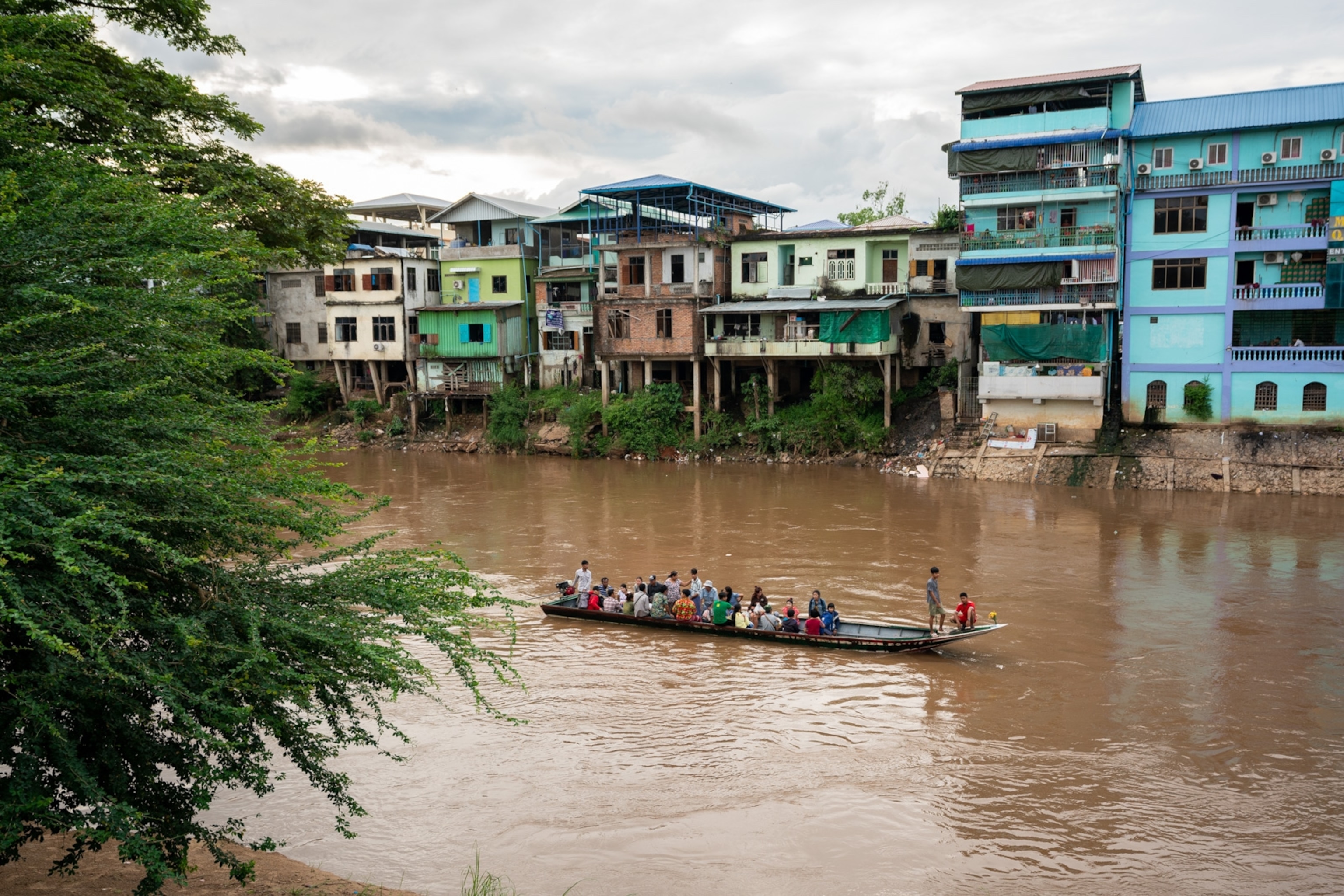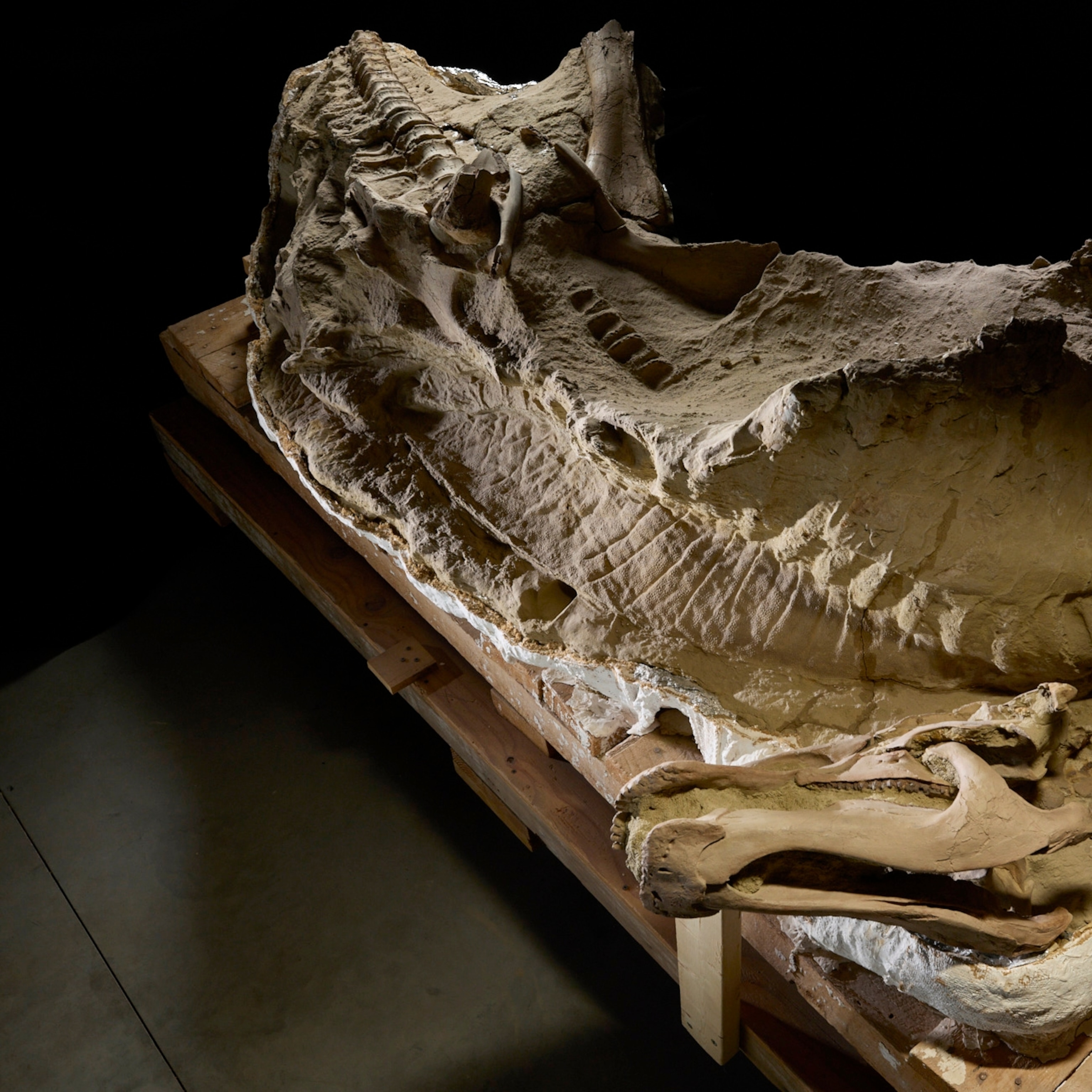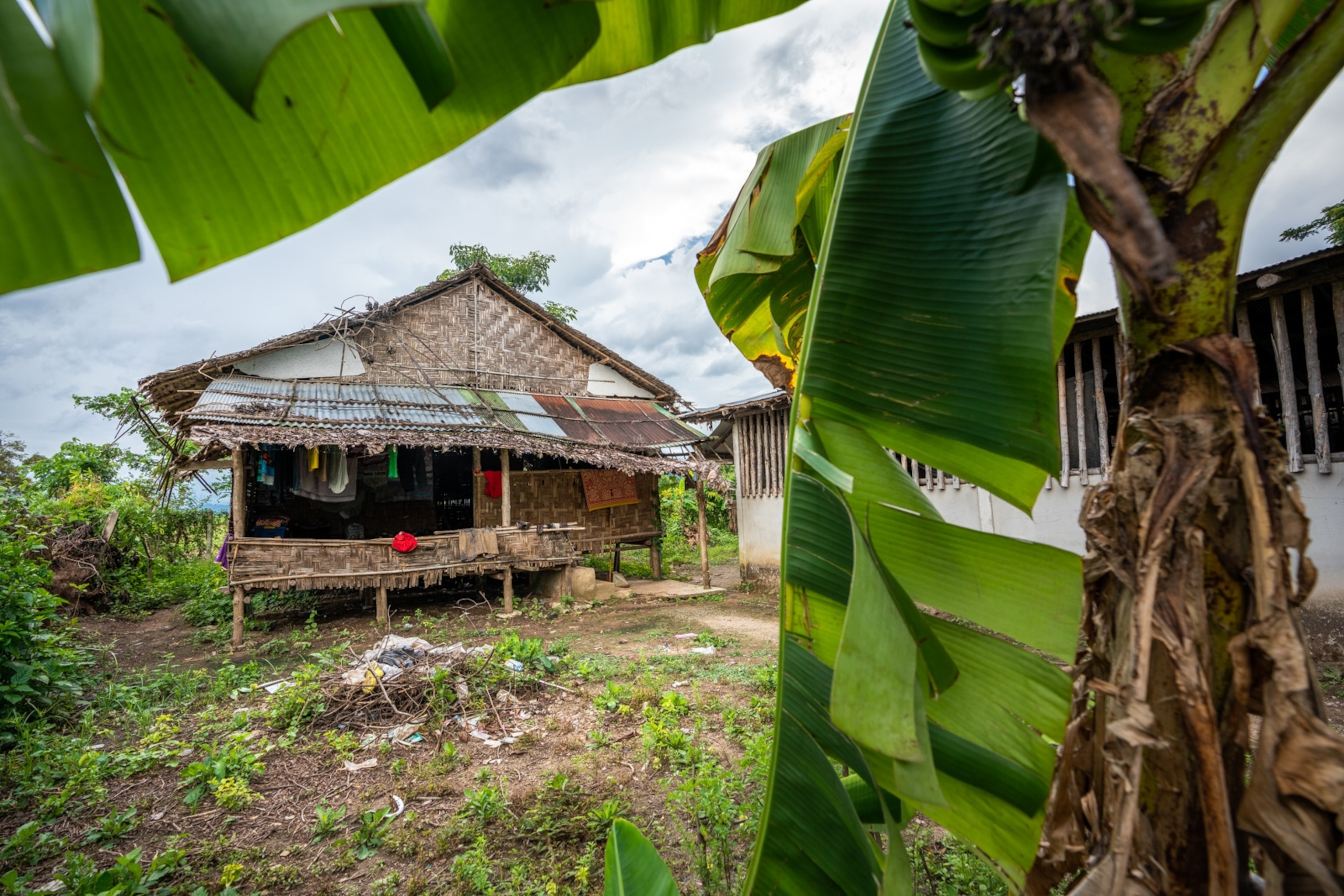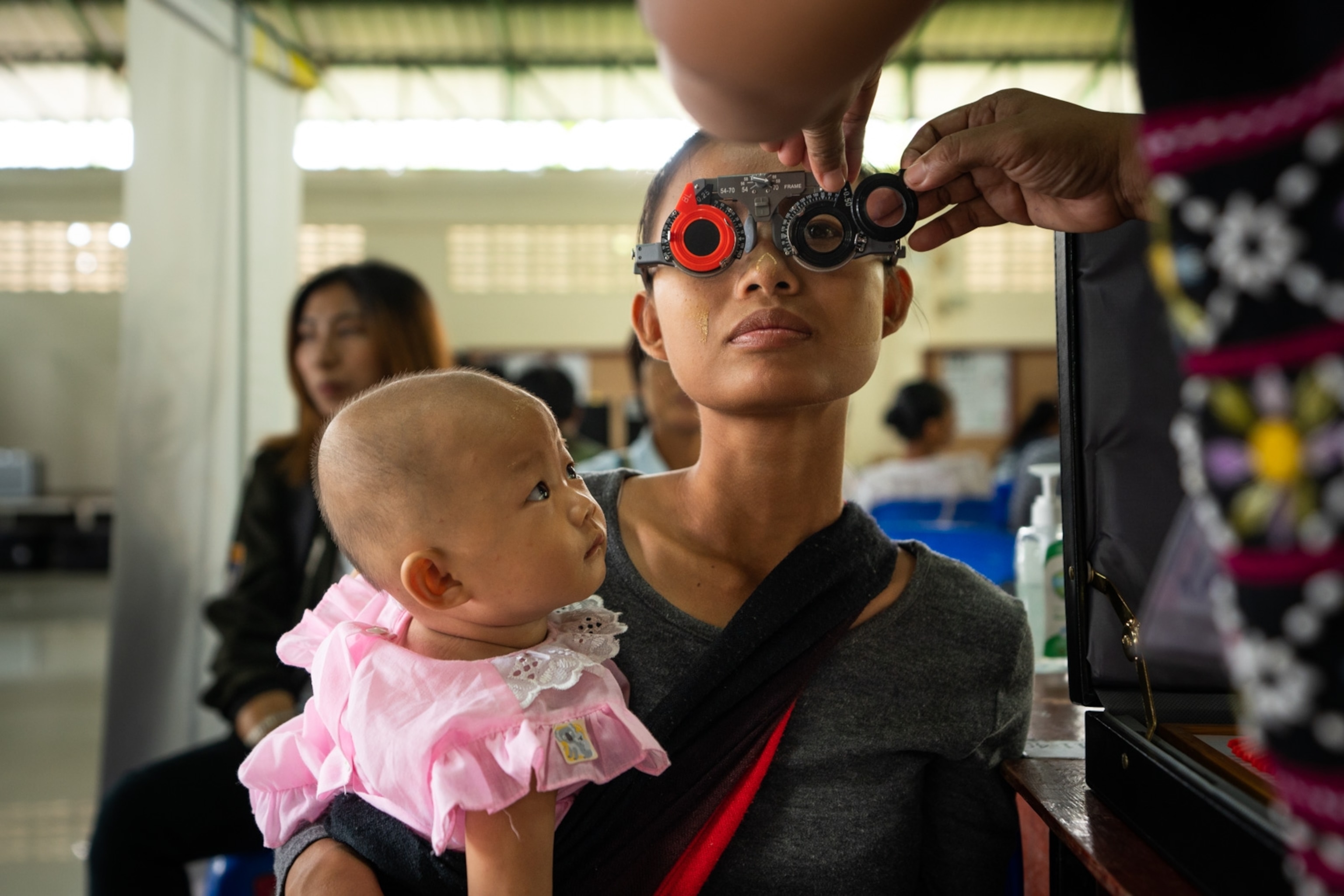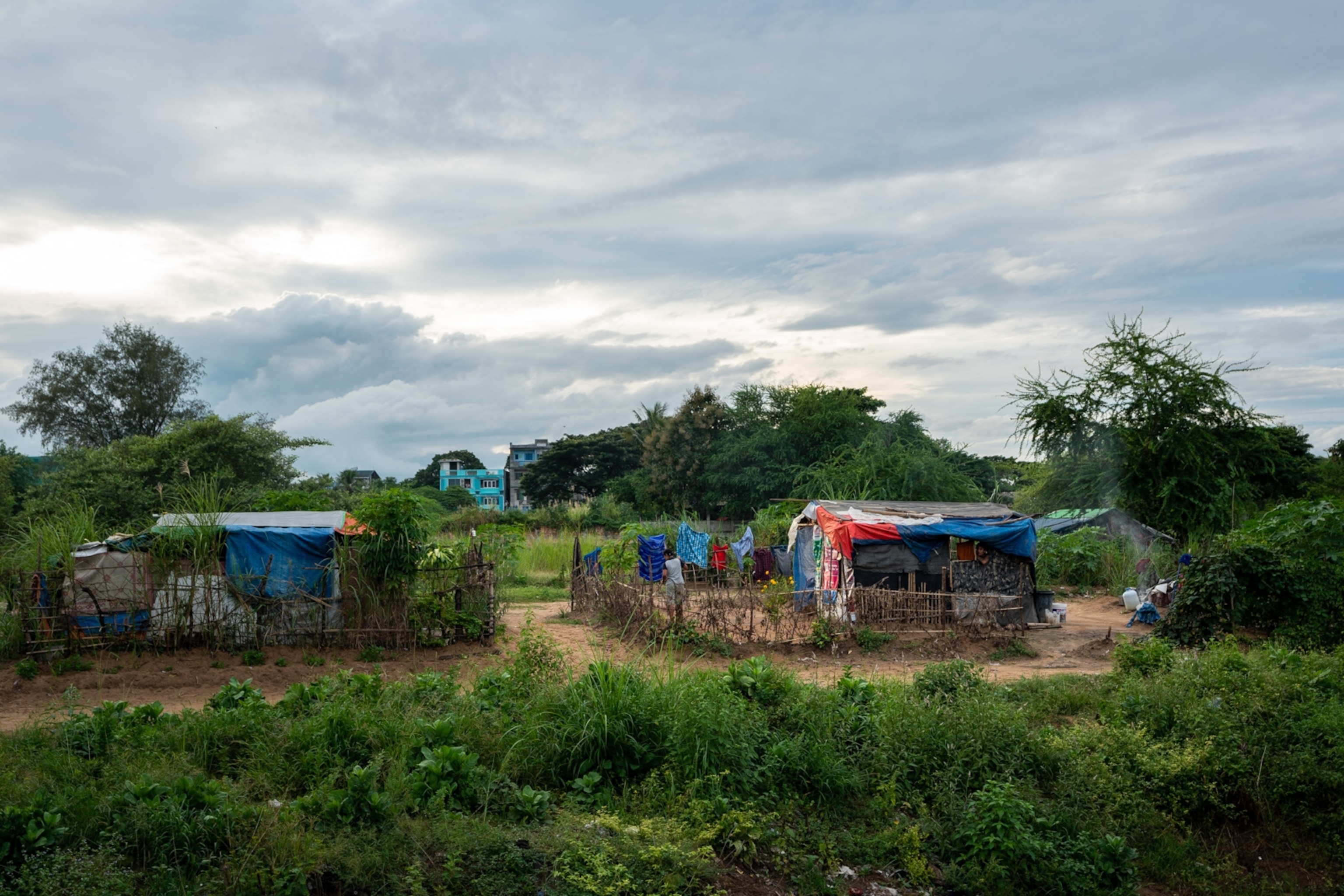Nearly 15 percent of the world’s population needs glasses and other basic vision care. Poverty and remote locations have until lately rendered too many communities unable to receive the kind of vision care much of the world, including the United States, takes for granted. Without glasses and eye exams, individuals and entire communities are unable to achieve their full potential. People deserve the opportunity to see with clear vision, and now a movement is afoot to help those without access catch up. A nonprofit organization called OneSight is leading the charge, with cutting-edge mobile technology that is overcoming the barrier of remoteness. Through deep jungles and over mountain peaks, the group has taken up the goal of better vision as a cause. With your support, this goal is reachable.
Why take on such an extraordinary mission, when there are some one billion people in need? The answer is simple. Seeing clearly helps both individuals and communities achieve at a much higher rate. Studies have shown that with clear vision students can be twice as successful in school. It can reduce dropout rates by up to 44 percent, and can help people earn 20 percent more per year and be 35 percent more productive. Seeing the world at 20/20 helps people build strong connections, improve their mental health, and decrease their risk of social isolation. All that just from having regular access to vision care and a quality pair of glasses.
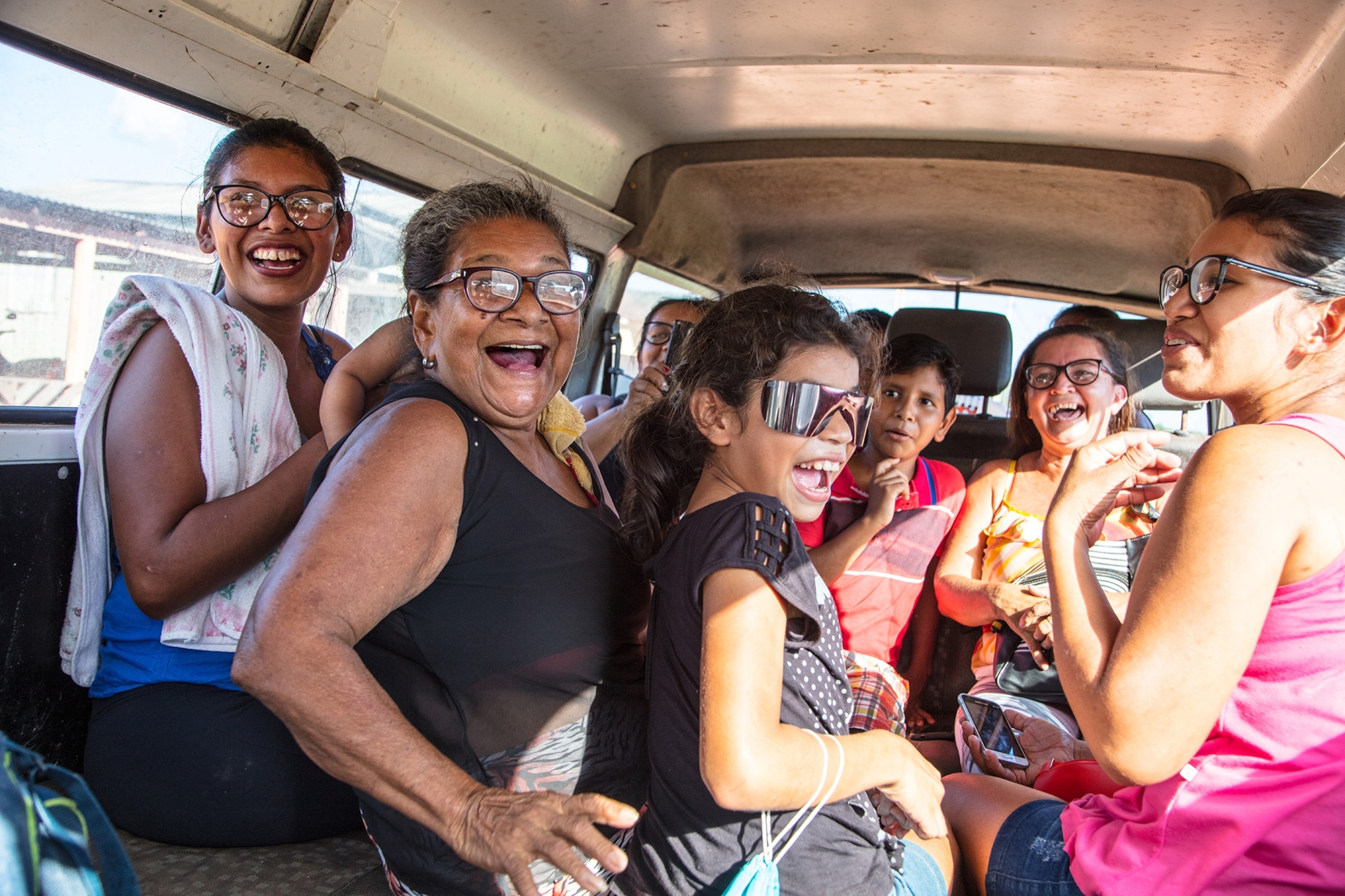
OneSight took on the entire country of Gambia as a challenge. In 2014 Gambia had one eye doctor in a country of two million people. By 2016 the entire country had vision care access, including a manufacturing lab and seven sustainable vision centers. Now in 2018, there are 4 optometrists and 12 optical technicians in the country. The effort created 187 jobs. President Adama Barrow even visited a center and received his first pair of glasses. The trained Gambian team now helps bring permanent access to other African nations such as Rwanda, Liberia and Zambia.
Consider a few cases in other parts of the world. Nampun of Chiang Rai, Thailand, was a five-year-old playful, sweet, kind kid. As a toddler, she kept running into things and falling down. She was bullied and had a tough time until she got the care she needed. Or take 66-year-old Teresinha Alvez de Castro of Brazil, whose old glasses were fixed with wire and glue. She was so desperate for a new pair of glasses from a OneSight Amazon clinic that she was willing to travel by boat taxi, bus, and on foot in the dark for several kilometers. Now she can live up to her role as strong family matriarch. Guadalupe moved with her family from Mexico to Ohio last year. She had to hold her schoolwork right in front of her face to see it, but her parents could not afford glasses. Lupe now sees clearly for the first time, improving her ability to learn and connect to the world around her.
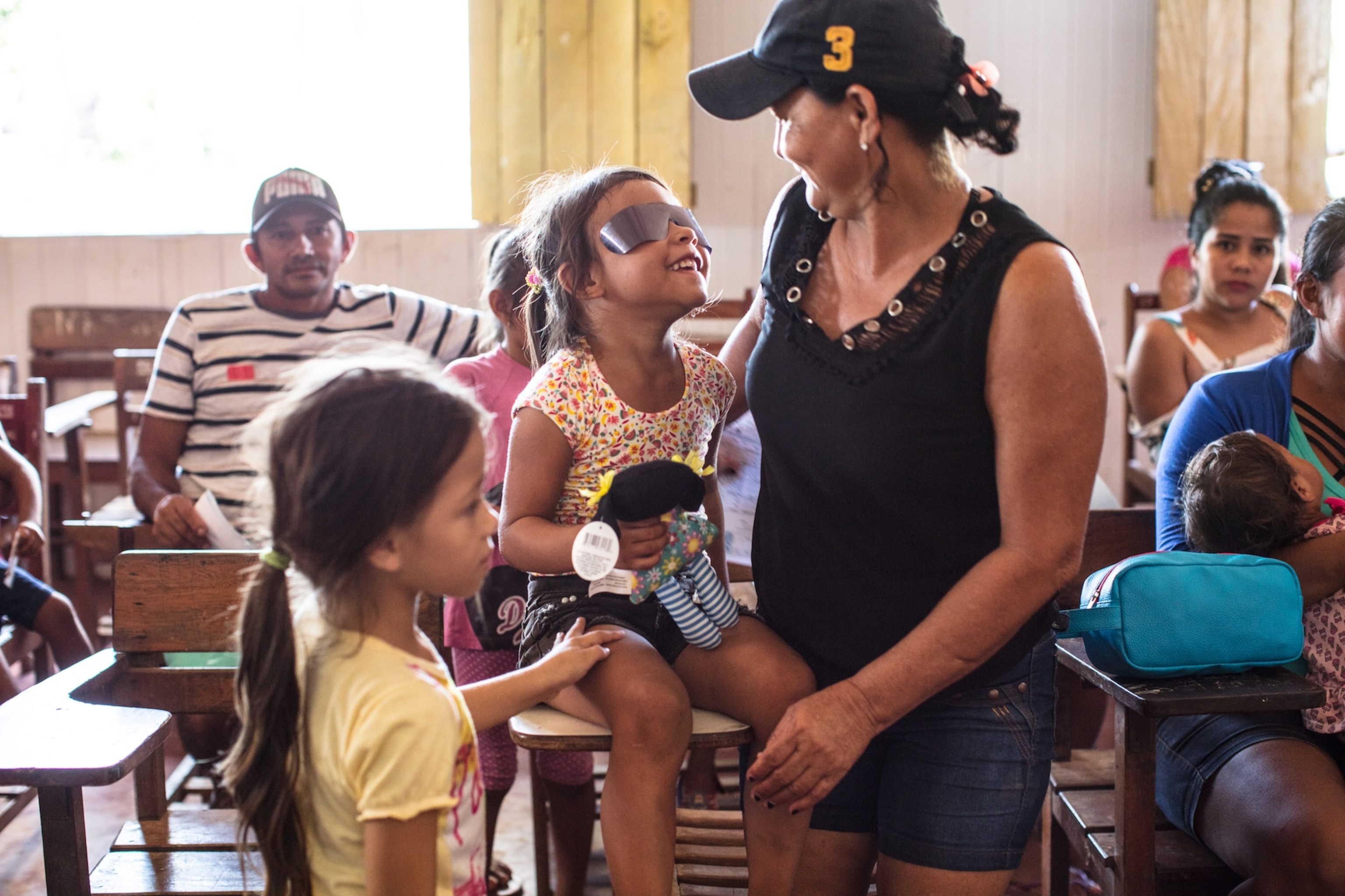
Getting into difficult locations has become something of a specialty for OneSight, as each challenge presents a fresh chance for flexing creative muscles. OneSight Senior Director of Supply Chain and Systems Mike Smith shares “One thing that sets OneSight apart is our ability to manufacture custom prescriptions onsite and to have real-time access to every aspect of the clinic operations. Our technology and supply chain approach enables us to take labs anywhere, anytime and produce glasses that meet or exceed established quality standards. We have an agile and global IT platform that provides an unprecedented view of the data and details of each transaction, which enables us to provide many patients with their exact prescription, onsite, while they wait, and in some the most remote parts of the world.”
Every week OneSight sees an average of nearly 4,000 patients through sustainable and charitable programs around the world. They have about 1,400 charitable clinics to date and 95 sustainable centers in 49 countries. That means 15 million people now with access to vision care they did not have until recently, including 1 million students and families in the US. OneSight sets up permanent self-sustaining vision centers and on-the-ground partnerships to see that the work continues on a permanent basis. In general, the vision care centers are built into existing hospitals and other healthcare infrastructures.
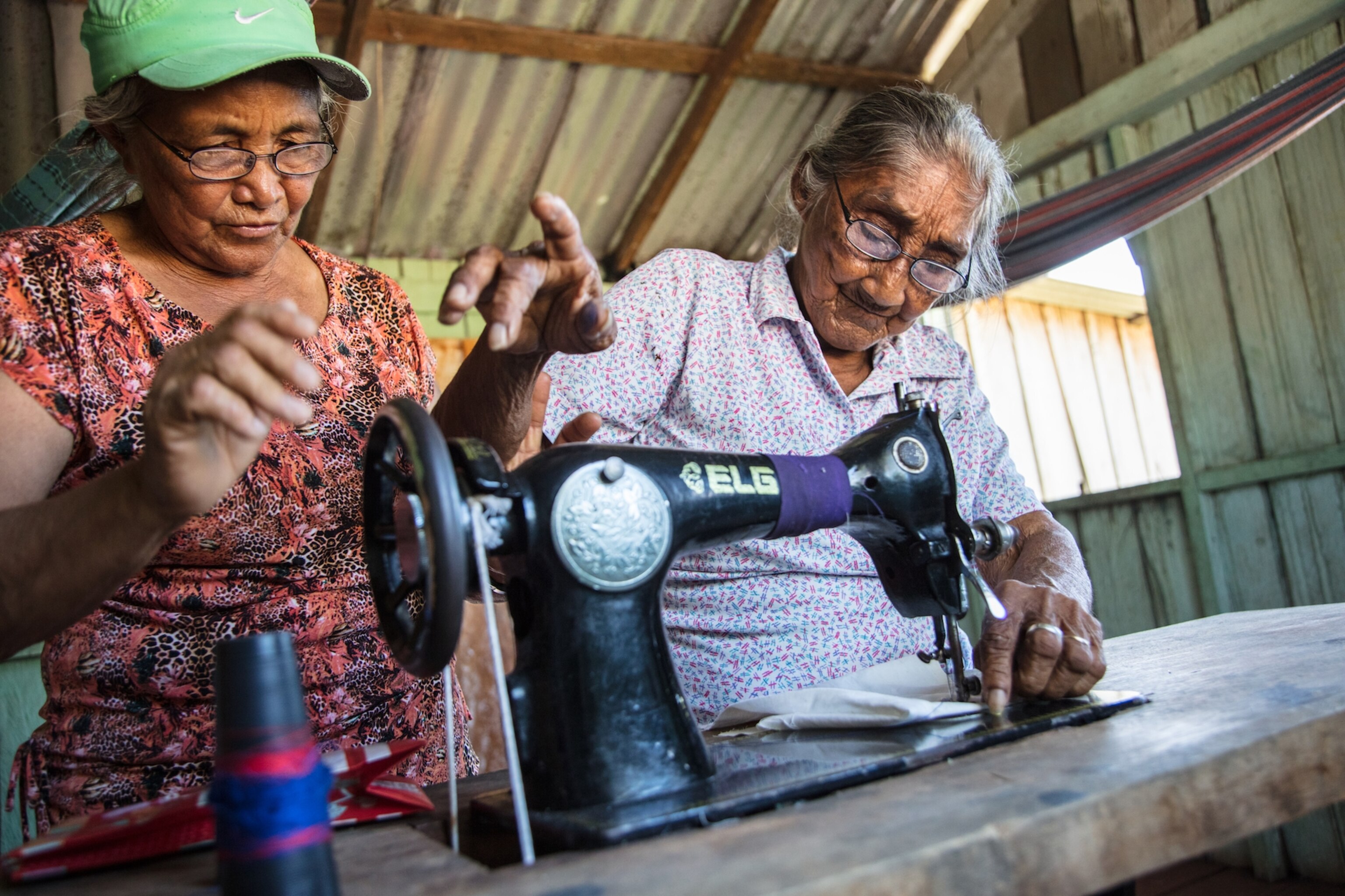
Southeast Asia currently has some of the world’s worst vision impairment problems. OneSight Director of Programming for Asia Pacific Wayne Tennent works with team members based in China, Singapore, and Australia to build capacity and programming in 13 countries, thus tackling the vision care deficit community by community. “My team and I are on the ground in each of the communities and we are developing solutions to ensure we have the right approach in place to enable access to vision care.”
Some places Tennent has seen remain poignant in memory, and serve to remind him of his work’s importance. “Having visited locations in India and seeing children that are living and working in slum communities tells me that we are working in the right places. Hopefully our efforts will enable people with poor vision to gain a better education and ultimately a better life.”
Tennent is also strongly focused on border regions, especially around Thailand, Myanmar, and Bangladesh. Vision care is but one of the problems in these regions, and his team does what it can to provide assistance. “OneSight is dedicated to making sure the neediest of the needy have access to vision care and we just completed two clinics along the border region of Thailand and Myanmar, providing free eye exams and glasses to over 2,000 people. We also trained five local workers as we believe in the importance of building capacity and training along these border regions. Watching our local teams learn how to provide vision care is inspiring to me as they will be empowered to support the vision needs of their community for years to come.”
On his travels Tennent has seen firsthand the impact of better vision on communities in need. And he has confidence that his team will whittle down the number of those who need glasses, and someday correct the problem altogether.
